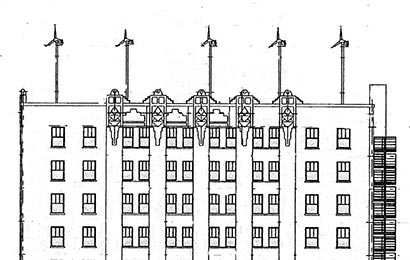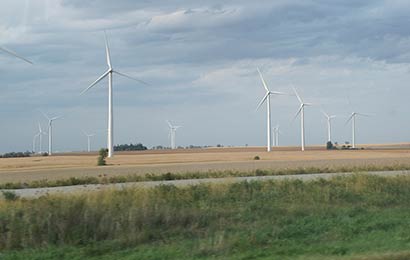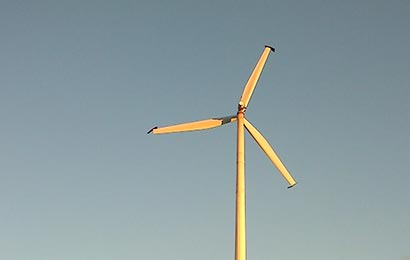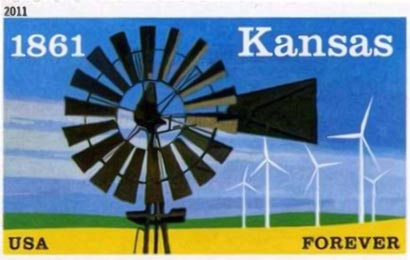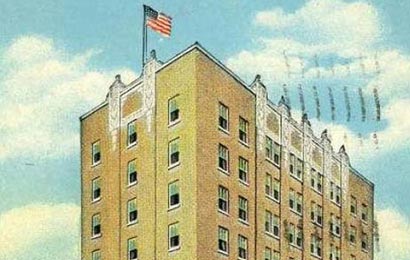THE SECRETARY OF THE
INTERIOR’S STANDARDS FOR
REHABILITATION &
ILLUSTRATED
GUIDELINES ON
SUSTAINABILITY
FOR REHABILITATING
HISTORIC BUILDINGS
Wind Power—Wind Turbines and Windmills
Recommended
Not Recommended
Considering on-site, wind-power technology only after implementing all appropriate treatments to the building to improve energy efficiency, which often have greater life-cycle cost benefit than on-site renewable energy.
Installing on-site, wind-power technology, without first implementing all appropriate treatments to the building to improve energy efficiency.
Analyzing whether wind-power technology can be used successfully and will benefit a historic building without compromising its character or the character of the site or the surrounding historic district.
Installing wind-powered equipment without first analyzing its potential benefit or whether it will negatively impact the character of the historic building or the site or the surrounding historic district.
Installing wind-powered equipment in an appropriate location on the site or on a non-historic building or addition where it will not negatively impact the historic character of the building, the site or the surrounding historic district.
Placing wind-powered equipment on the site where it is highly visible when it is not compatible with the historic character of the site.
Installing wind-powered equipment on the historic building without damaging the roof or walls or otherwise negatively impacting the building’s historic character.
Installing wind-powered equipment on the historic building in a manner that damages the roof, compromises its structure or negatively impacts the building’s historic character.
Removing historic roof features to install wind-powered equipment, such as wind turbines.
Installing wind-powered equipment on the historic building that is not reversible.
Installing wind-powered equipment on the primary façade of a historic building or where it is highly visible.
Investigating off-site, renewable energy options when installing on-site wind-power equipment would negatively impact the historic character of the building or site.



